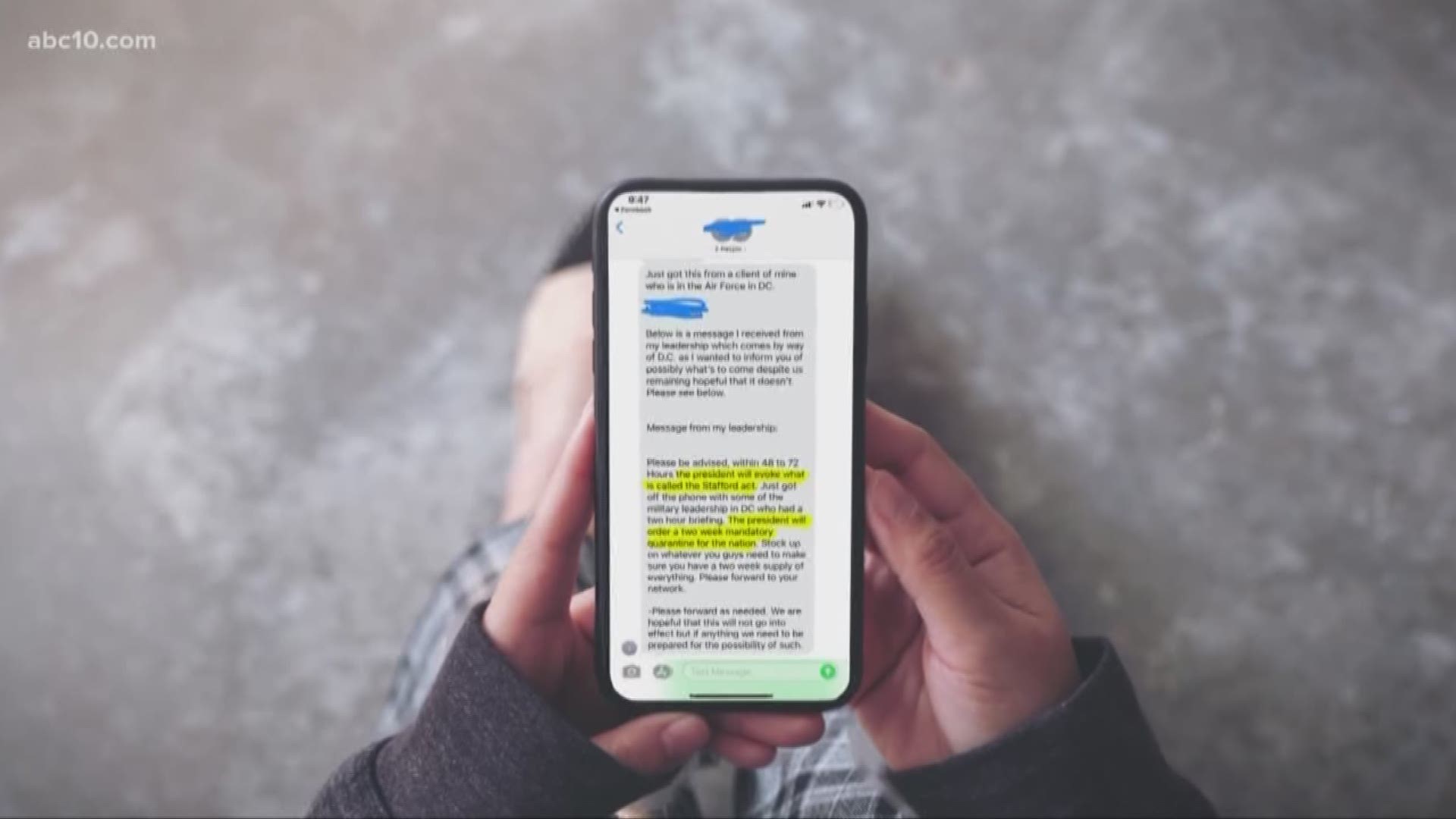The coronavirus may be more resilient than originally thought.
According to new data released by the Centers for Disease Control and Prevention [CDC], coronavirus survived up to 17 days on surfaces inside cabins of both symptomatic and asymptomatic passengers aboard the Diamond Princess cruise ship.
Previous research suggested the virus could only live for about three days on certain surfaces. Although the data cannot yet prove that transmission of coronavirus occurred from contaminated surfaces, the CDC says further study is warranted.
The Diamond Princess and its sister ship, the Grand Princess, were at the center of the news when coronavirus infections spread rapidly to passengers onboard the vessels. The Diamond Princess set out from Japan on Jan. 20, 2020. The first symptomatic passenger left the ship on Jan. 25, in Hong Kong where they were determined to have a coronavirus infection that, at the time, was still unidentified, the CDC report stated.
The ship returned to Japan on Feb. 3, after having made six stops in three countries. However, when the ship docked, Japanese officials had already been notified of the coronavirus infection that originated onboard and the Diamond Princess was quarantined.
More than 300 American passengers were on the ship. Many were flown back to the U.S. and quarantined at military bases around the country, including Travis Air Force Base in Fairfield. Of the 3,711 passengers aboard the Diamond Princess, 712 tested positive for coronavirus and nearly half (46.5%) were not showing symptoms at the time they were tested, according to CDC data.
The Grand Princess cruise ship set sail on a roundtrip cruise from San Francisco to four stops in Mexico. According to the CDC study, the ship had two voyages scheduled -- one from Feb 11-21 and another from Feb. 21 to March 7. On March 4, health officials in California confirmed two passengers from the first voyage started showing symptoms of coronavirus. The ship docked in Oakland on March 8. Passengers were deboarded in stages and taken to land bases to serve out their 14-day quarantines.
The Diamond Princess and Grand Princess had more than 800 total COVID-19 cases, including 10 deaths, according to CDC data. This latest report set out to study specifically the transmission of the virus onboard cruise ships.
“Outbreaks of COVID-19 on cruise ships pose a risk for rapid spread of disease beyond the voyage,” the CDC wrote in its implications for public health practices. “Aggressive efforts are required to contain spread. All persons should defer all cruise travel worldwide during the COVID-19 pandemic.”
Read more about coronavirus from ABC10:
- Tokyo Summer Olympics officially postponed to 2021 by IOC
- Starbucks will pay employees for next 30 days whether they work or not
- Nurses at Kaiser Roseville, South Sacramento say hospitals aren't taking proper coronavirus precautions for workers
- Elk Grove schools moving to online teaching to finish school year, district says
- California needs 50,000 additional hospital beds, Gov. Newsom says
- Free, private coronavirus testing is coming to Sacramento County. Here's what you should know
Background on coronavirus
According to the CDC, coronavirus (COVID-19) is a family of viruses that is spreadable from person to person. Coronavirus is believed to have been first detected in a seafood market in Wuhan, China in December 2019. If someone is sick with coronavirus, the symptoms they may show include mild to severe respiratory illness, cough, and difficulty breathing.
Currently, there is no vaccine, however, the CDC suggests the following precautions, along with any other respiratory illness:
- Avoid close contact with people who are sick.
- Avoid touching your eyes, nose, and mouth.
- Stay home when you are sick.
- Cover your cough or sneeze with a tissue, then throw the tissue in the trash.
- Clean and disinfect frequently touched objects and surfaces using a regular household cleaning spray or wipe.
- Wash your hands with soap and water for a minimum of 20 seconds.
The CDC also says facemasks should only be used by people who show symptoms of the virus. If you’re not sick, you do not have to wear a facemask. The CDC says the immediate risk to the U.S. public is low.
FOR THE LATEST CORONAVIRUS NEWS,
DOWNLOAD THE ABC10 APP:
►Stay In the Know! Sign up now for ABC10's Daily Blend Newsletter



